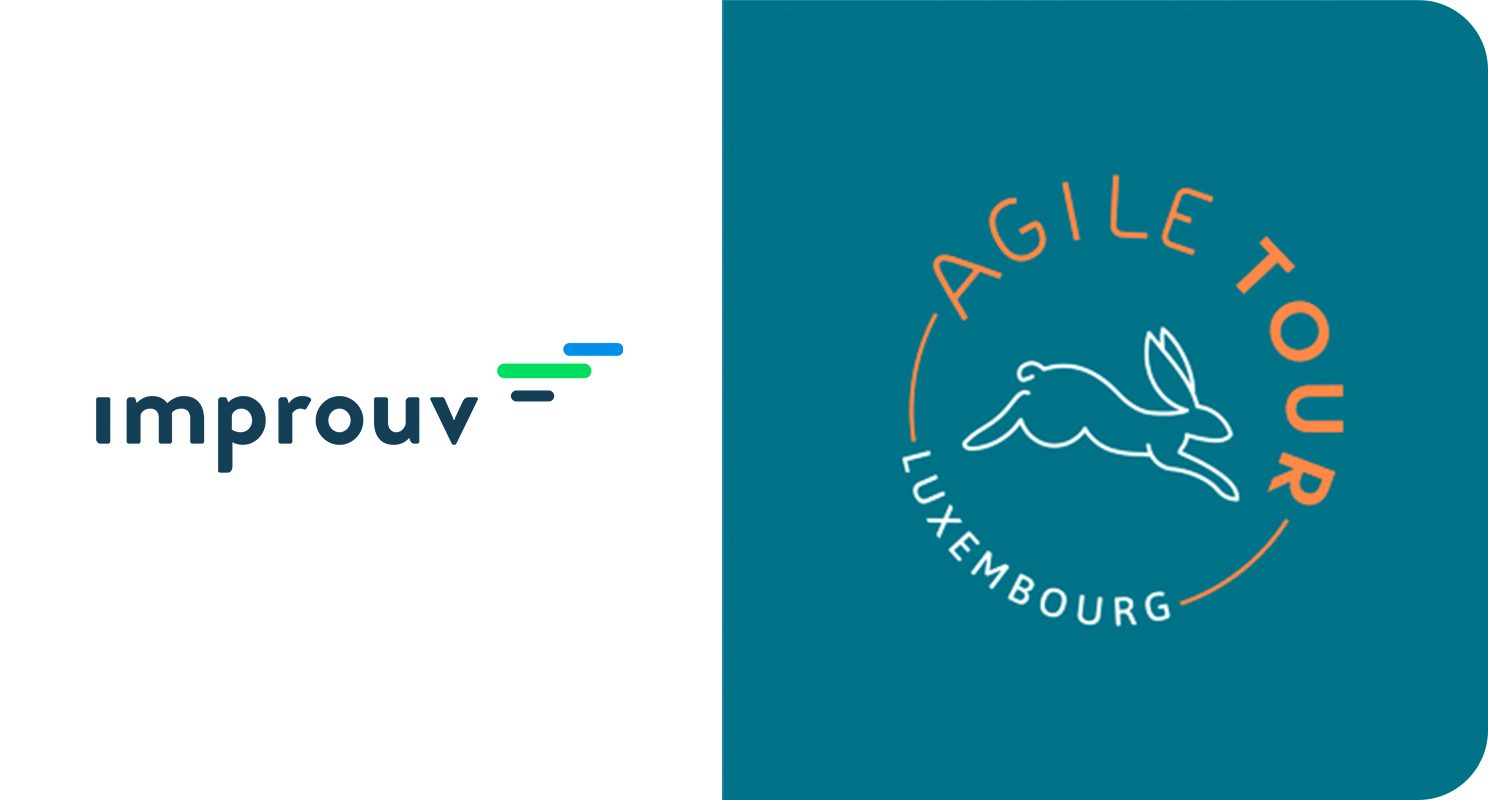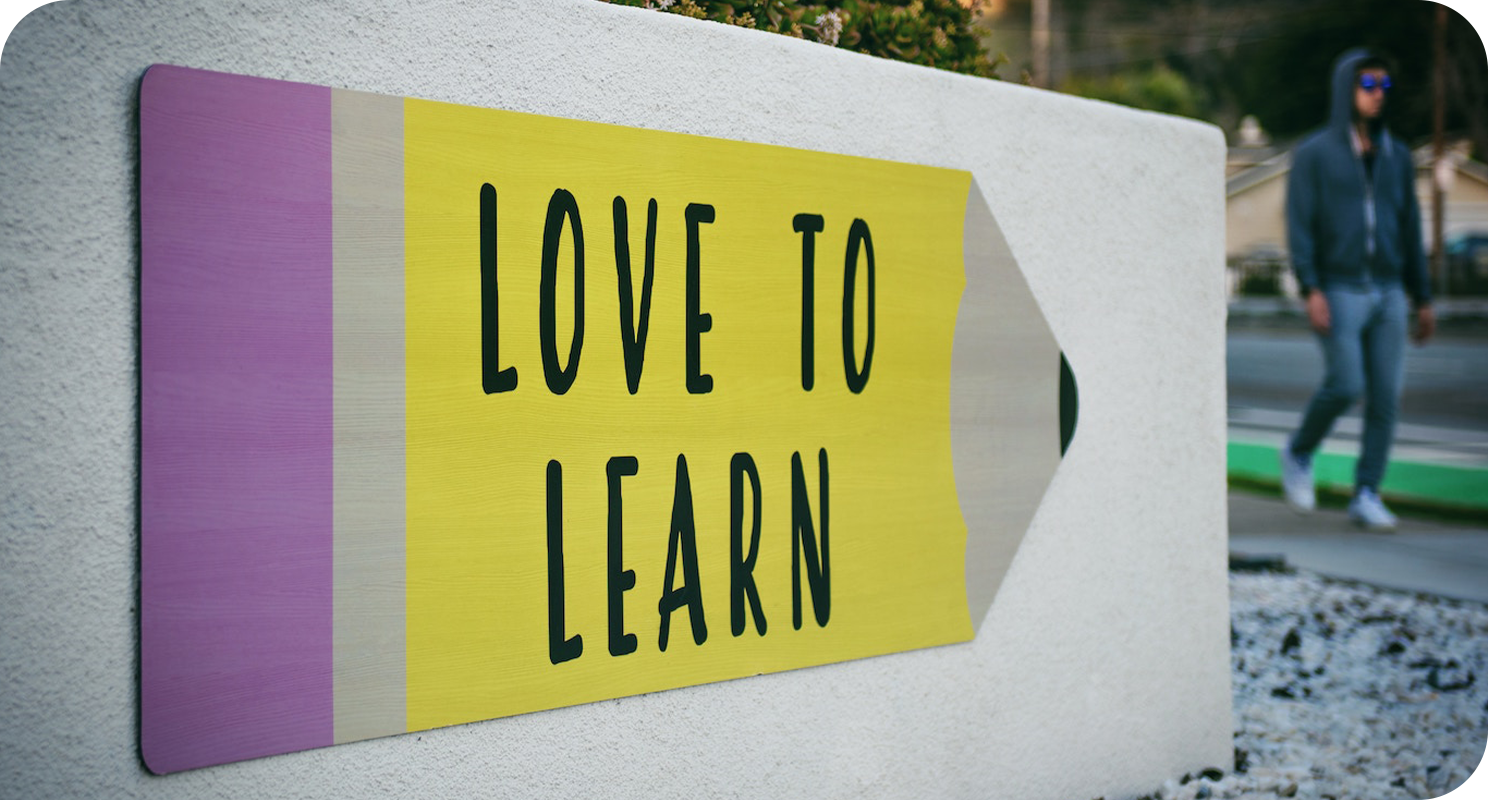Andy Hunt, one of the authors of the Agile Manifesto, has posted a blog post about „The failure of Agile„. In spite of its headline, it is a very interesting post and Andy complains about mainly the same problems, that annoy me – and I am sure, many of us: an incomplete understanding of Agile. To me, this is not Agile, it is the absence of Agile. It describes going through the motions without understanding the spirit. Like standing in a circle once a day or defining a regular interval for delivering crap. This is characteristic for a different phenomenon: Cargo Cult. Indeed, Cargo Cult it is a widely spread plague in the agile world. There are more and more people (including me) who become restless about this ever spreading disease and are looking for new ways to approach it. Andy Hunt describes a very interesting approach and proposes a few foundational ideas:
- Evidence-based
- Dreyfus Skill Model
- Local Adaptation
- All-Inclusive
and proposes to work incrementally on them: he names the the GROWS method. My understanding of the characteristics are
- Evidence-based – like in retrospectives? Yes, good idea. What you need next is a concept of „better“, in other words some metrics about practices and results. Otherwise many people will continue to perceive the retrospective a mere tree-hugging event. If we talk about measuring and metrics, we need to have a conversation about how to use them (and how not to use them), which will lead to a renewed discussion about a culture of trust and transparency.
- Dreyfus Skill Model – I found it a pretty useful model about how learning steps can be described (some complain about its somehow week scientific foundation, which I don’t care about). It gives us a hint how to develop useful and effective learning steps for different people and situations. It does not, however, give a lot of details about how organizational learning happens. Other models like the SECI or Team Ba model (this post is in German, you can find the English source here) can step in here.
- Local Adaptation – I am not sure I understood this part, but it looks like using an evidence based approach to selecting the right software method
- All-Inclusive – I am curious about that part, because it is the part with the hard work. If you look into the FAQ of the GROWS method, you find „coming soon“. Fair enough, the model is open for discussions.
Anyway, I think, Andy addresses one of the crucial road blocks, which we have to address when we want to make Agile a sustaining success. On the other hand, he falls short in describing the overall picture: the problem is not the software, it is the people and the environment of the software development teams. If I had a Christmas wish, it would include a stronger emphasis on the agile culture of the whole company. I would propose a slight rewriting of the four foundational ideas:
- Focus on continuous improvement on all levels. Better software is important. Better collaboration and the growing of better products have at least an equally large impact on the success of an organization.
- Drive Learning and alignment on dynamic goals as a cornerstone and develop specific measurements, metrics and feedback topics.
- Engage the whole organization into growing a Lean and Agile Culture. Use the existing knowledge about Lean (the context in which the concepts of the learning organziation were invented).
- Focus on developing values. Values have a longer life and deeper impact than pure practices. Develop a culture of autonomy, trust, respect and excellence.





